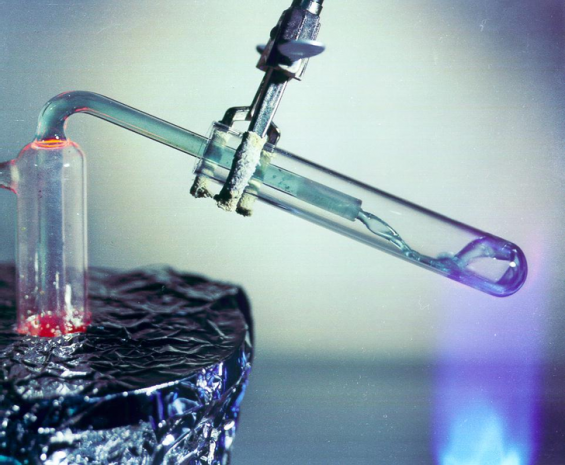
Breaking News
 Who Is ?@NickShirley?? | PBD Podcast | 710
Who Is ?@NickShirley?? | PBD Podcast | 710
 20 Cozy Ways to Celebrate New Year's Eve at Home
20 Cozy Ways to Celebrate New Year's Eve at Home
 The methylation switch: Scientists identify diet that can turn back the cellular clock
The methylation switch: Scientists identify diet that can turn back the cellular clock
 Americans are slaves for the wealthy elite's that write legislation along side corporations...
Americans are slaves for the wealthy elite's that write legislation along side corporations...
Top Tech News
 Laser weapons go mobile on US Army small vehicles
Laser weapons go mobile on US Army small vehicles
 EngineAI T800: Born to Disrupt! #EngineAI #robotics #newtechnology #newproduct
EngineAI T800: Born to Disrupt! #EngineAI #robotics #newtechnology #newproduct
 This Silicon Anode Breakthrough Could Mark A Turning Point For EV Batteries [Update]
This Silicon Anode Breakthrough Could Mark A Turning Point For EV Batteries [Update]
 Travel gadget promises to dry and iron your clothes – totally hands-free
Travel gadget promises to dry and iron your clothes – totally hands-free
 Perfect Aircrete, Kitchen Ingredients.
Perfect Aircrete, Kitchen Ingredients.
 Futuristic pixel-raising display lets you feel what's onscreen
Futuristic pixel-raising display lets you feel what's onscreen
 Cutting-Edge Facility Generates Pure Water and Hydrogen Fuel from Seawater for Mere Pennies
Cutting-Edge Facility Generates Pure Water and Hydrogen Fuel from Seawater for Mere Pennies
 This tiny dev board is packed with features for ambitious makers
This tiny dev board is packed with features for ambitious makers
 Scientists Discover Gel to Regrow Tooth Enamel
Scientists Discover Gel to Regrow Tooth Enamel
 Vitamin C and Dandelion Root Killing Cancer Cells -- as Former CDC Director Calls for COVID-19...
Vitamin C and Dandelion Root Killing Cancer Cells -- as Former CDC Director Calls for COVID-19...
Mass-produced floating nuclear reactors use super-safe molten salt fuel

The size of a shipping container, these Compact Molten Salt Reactors will be rapidly mass-manufactured in their thousands, then placed on floating barges to be deployed worldwide – on timelines that will smash paradigms in the energy industry.
Like other molten salt reactors, which have been around since the 1950s, they're designed to minimize the consequences of accidents, with a pair of very neat passive safety measures the company claims can greatly change the safety equation at the heart of any nuclear power investment.
Firstly, they use nuclear fuel that's mixed into fluoride salts. The combination is liquid above 500 °C (932 °F), allowing it to flow through the reactor, which operates at near-atmospheric pressures. This liquid salt functions as a coolant for the nuclear fuel, replacing the high-pressure water cooling in older reactor designs. But if this fuel is exposed to air, instead of venting explosively as steam, it acts like lava and solidifies into rock.
Yes, the rock is radioactive, and you shouldn't go have a picnic on it, but it's not a cloud of radioactive gas that can blow across the continent; it's solid rock that can be cleaned up by safety teams with Geiger counters. It also has very low solubility in water, so it's comparatively safe even if it falls into the sea.



